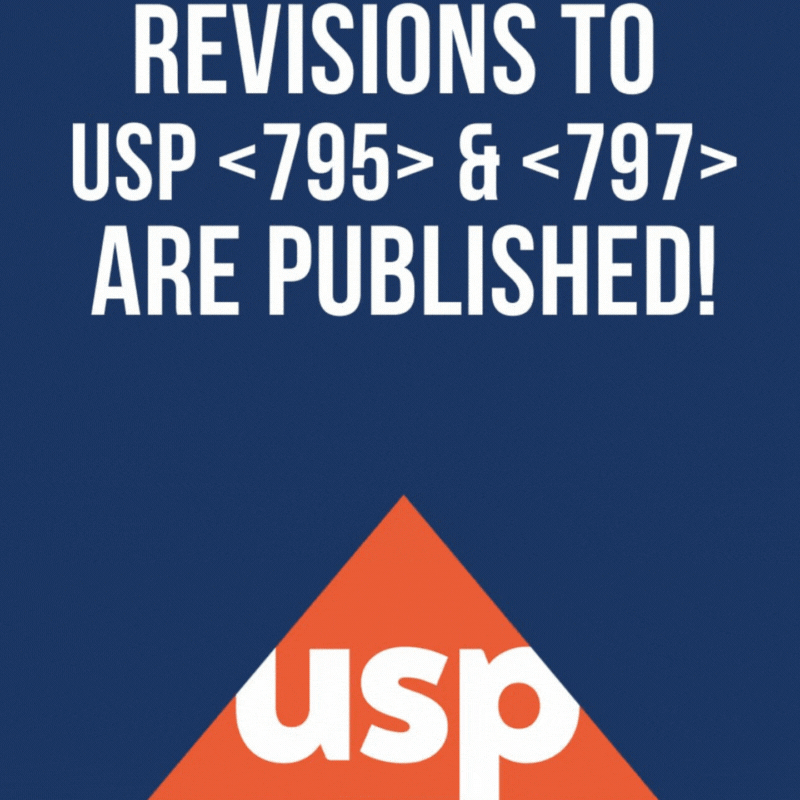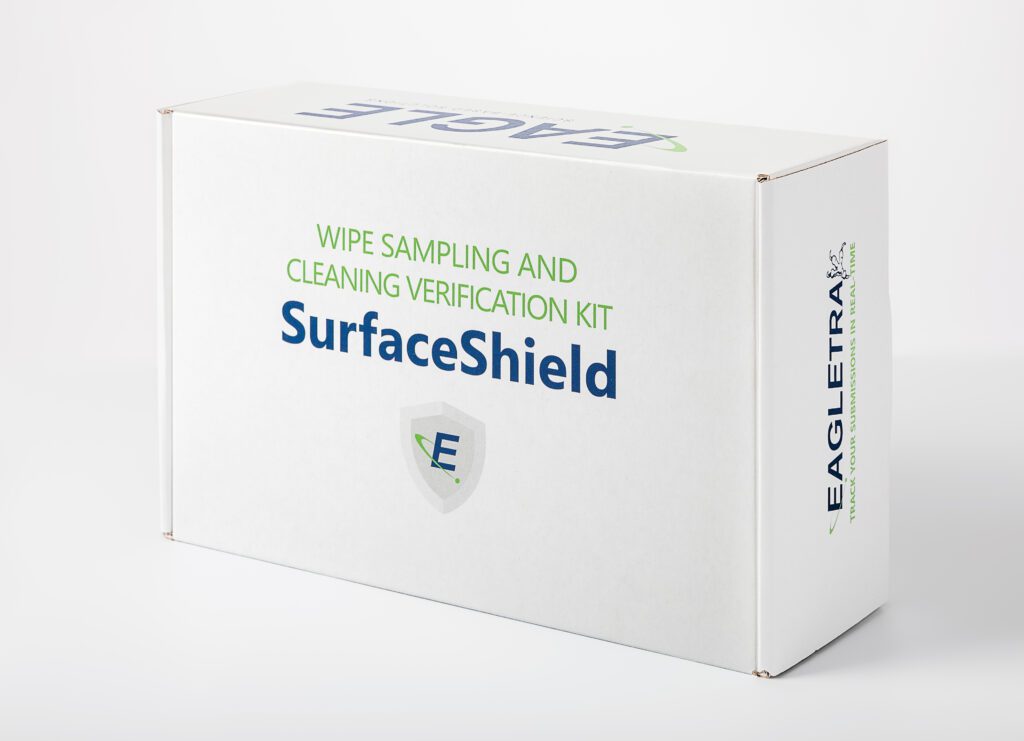
Environmental Monitoring & Why it Matters: Part 3
Counting CFU’s Ain’t Perfect Folks
Data collected from an environmental monitoring program for compounding facilities are often analyzed using less sensitive metrics. While it is common for compounders to focus on whether the number of CFUs recovered per plate falls below the limits outlined in USP <797>, it is actually more useful to analyze the frequency with which contamination is detected.
Thank you for reading this post, don't forget to subscribe!USP <797> directs compounders to consult USP Chapter <1116>, “Microbiological Control and Monitoring of Aseptic Processing Environments,” for specific guidance on data interpretation requirements when analyzing the recovery of CFUs in controlled environments. This chapter discusses the fact that microbiological recovery methods have limited accuracy and precision.
There’s a Better Trending Methodology
For example, recovery in microbiological assays has a normal variability in the range of + 0.5 log10, so the difference between the recoveries of 1 CFU and 3 CFUs does not hold a large amount of analytical significance. Instead, USP <1116> states that, “due to inherent variability of microbial sampling methods, contamination recovery rates are a more useful measure of trending results than is focusing on the number of colonies recovered from a given sample.”
You Ought to Use Contamination Recovery Rates Instead
Tracking and trending the contamination recovery rates is a more useful data analysis tool than simply reviewing the absolute number of CFUs collected for a number of reasons. As previously discussed, there exists an inherent variability and limited accuracy in microbiological sampling methods. Additionally, data reported for microbial environmental monitoring routinely yields numerous instances where there is zero microbial recovery in any given sample, or where the number of CFUs recovered is below the action levels. This, however, does not tell the entire story. As per USP <1116>, “in aseptic processing environments and particularly in ISO class 5 environments, contamination is infrequently observed …. Because of the criticality of these environments, even minor changes in the contamination incident rates may be significant.”
And Sometimes, You’ll Need to Investigate Further
Since, in well-controlled facilities, the contamination recovery rates typically become relatively stable (within a normal range of variability), any changes in these recovery rates may indicate a loss of control. How can a pharmacist know when the contamination recovery rate is too high? Table 3 of USP <1116>, “Suggested Initial Contamination Recovery Rates in Aseptic Environments,” gives guidance in this area. This table outlines alert limits in terms of contamination recovery rates for air and surface sampling that, if exceeded, should trigger an investigation. Exceeding these recovery frequencies is an early warning of the development of a negative process trend before product safety is compromised, allowing the compounder an opportunity to react proactively.
For example, in an ISO 5 environment, the acceptable contamination frequency is less than 1% of samples tested, regardless of the magnitude of CFUs recovered. Therefore, less than 1% of all microbial samples collected in an ISO 5 environment should exhibit any level of growth.

A daily compounding operation would produce no fewer than 20 contact plates a month if sampling weekly. At this level of testing, one would expect to collect approximately 120 samples over a six-month period. The operation would expect to see only one plate with any level of CFU growth during this six-month period. The presence of six contaminated plates would indicate that the area was performing at an ISO 7 level, as the contamination recovery rate for ISO 7 environments is <5%.
This would warrant corrective action. Greater sampling would improve the indicating power of these analyses (see also ISO 14698-2:2003. “Evaluation and interpretation of biocontamination data” and ISO 8258:1991 “Shewhart control charts”).
Conclusion
In summary, a facility should track and trend microbial contamination recovery rates as part of their environmental monitoring program. We recommend that compounders recalculate these rates monthly, with a monthly rolling average being an excellent trend tool to monitor the environment.
When the data are collected and reviewed with appropriate frequency, negative trends in contamination recovery may be identified. This offers compounders an early warning opportunity with minimal effort, creating the opportunity to restore process control that will assure patient safety, and at much less cost than the alternative.
References
United States Pharmacopeial Convention. (2017). Microbiological Control and Monitoring of Aseptic Processing Environments. In United States pharmacopeia and national formulary (USP 40th ed. & NF 35th ed.). Rockville, MD: United States Pharmacopeial Convention, Inc. United States Pharmacopeial Convention. (2017). Pharmaceutical Compounding – Sterile Preparations. In United States pharmacopeia and national formulary (USP 40th ed. & NF 35th ed.). Rockville, MD: United States Pharmacopeial Convention, Inc.
Need Help With Your Environmental Monitoring Program?
Eagle consultants are helping compounding facilities implement successful quality systems. Our team has over 200 years of combined experience in the FDA-regulated pharmaceutical industry and can provide guidance in establishing the systems and processes that will help your facility meet and exceed regulatory expectations. Follow the link below to learn more about our consulting services.
- Environmental Monitoring & Why it Matters: Part 3 - February 26, 2020
- Environmental Monitoring & Why it Matters: Part 2 - February 12, 2020
- Environmental Monitoring & Why it Matters: Part 1 - February 5, 2020




